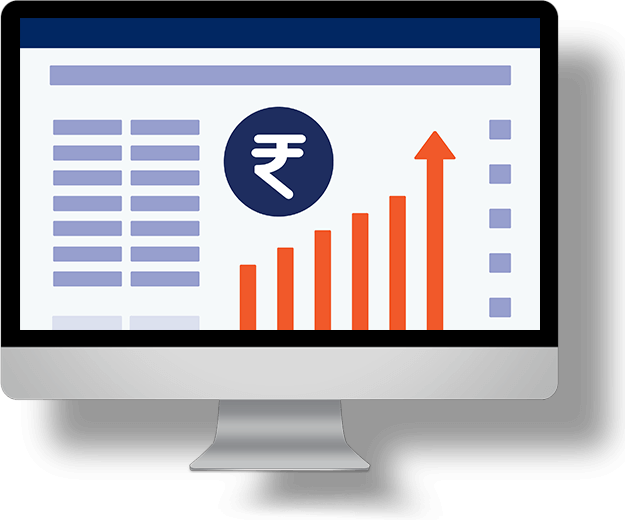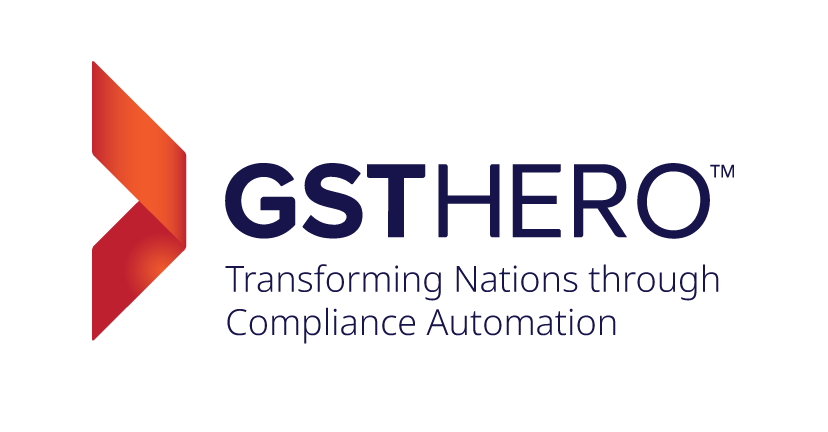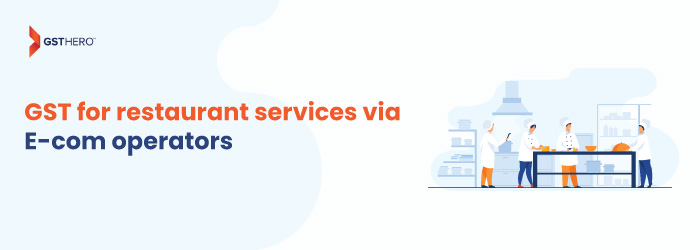There has been a mixed reaction among the e-com operators after the government’s decision to notify ‘Restaurant Services’ under section 9(5) of the CGST Act of 2017.
5% slab of GST on restaurant services is now applicable from 1st January of 2022.
This decision was taken in the 45th meeting of the GST council called on 17th September 2021. This decision has impacted the way of billing the customers by the e-com operators supplying the restaurant services to the end-consumer.
Latest Update:
From now on, the GST that applies on the supplies of restaurant services supplied via an e-com operator like Swiggy restaurant or Zomato shall be paid by the ecommerce operators.
In this short article, we will be looking at the essential aspects of how this decision will impact the e-com industry specializing in the delivery of restaurant services to consumers.
5% GST on restaurant services – clarifies CBIC
GST Circular No 167/23/2021 clarifies that a 5% GST slab will be applicable on the restaurant services supplied via ECOs
This will come into effect from 1st January 2022.
This notification changes many things for the restaurants, like the e-invoicing under GST Hence restaurants will be required to make specific amendments to their e-Invoicing software to ensure a smoother invoice generation for restaurant orders & orders received through ECOs like Swiggy & Zomato.
This decision has shifted the onus of GST collection from the restaurants to the food delivery apps that provide the services.
In the wake of this clarification, we will address some of the significant concerns that ECOs should be aware of:
Get Free Bonus Report: Claim 100% ITC for your business
1. Should the ECOs continue collecting TCS as per section 52 of the CGST Act of 2017?
2. How should the ECOs file the 5% GST liability on restaurant services w.e.f 1st January 2022?
Read more related reports:
GST on Healthcare Services – GST Applicability, Taxability and Exemption Limit for Services
3. Will this decision add an extra tax load on the customer ordering the food?
4. What about the GST unregistered restaurants?
To know more about GST Registration process, click on the link.
5. Can e commerce operator report the restaurant supplies as inward supplies in their GSTR-3B?
6. Who issues an invoice w.r.t restaurant services supplied via food delivery apps?
Earlier the food delivery apps or the E-com platforms were responsible for Tax collection at Source till now. GST was imposed on the food joints/restaurants.
But post this amendment, the food delivery platforms should accumulate the GST directly from the customer & furnish these details to the government.
In a nutshell
It's evident that the work of the e-com operators has been made a bit complicated w.r.t. the GST invoicing of different food items.
It’s always better to automate all your GST return filing activities to avoid such complications.
GSTHero’s GST return filing tool will automate your return filing with 100% accuracy and allow you to claim maximum Input Tax Credit under GST.
This amendment will ensure that all the GST registered businesses and the unregistered ones will be brought under the common umbrella. This will help in keeping up with the tax compliances.
Stay updated; stay ahead!
Until the next time….

Claim upto 100% Input Tax Credit
Easiest GSTR 2B Reconciliation With Reverse ERP Integration

